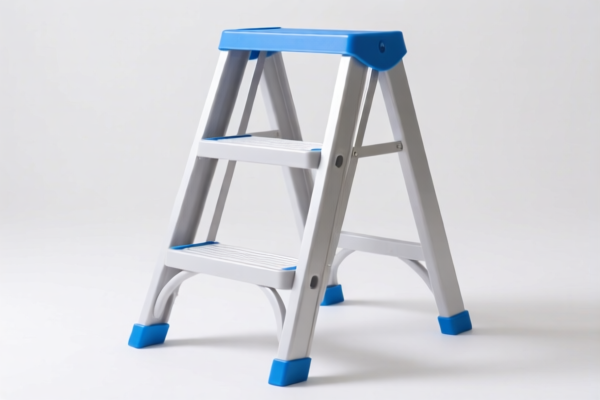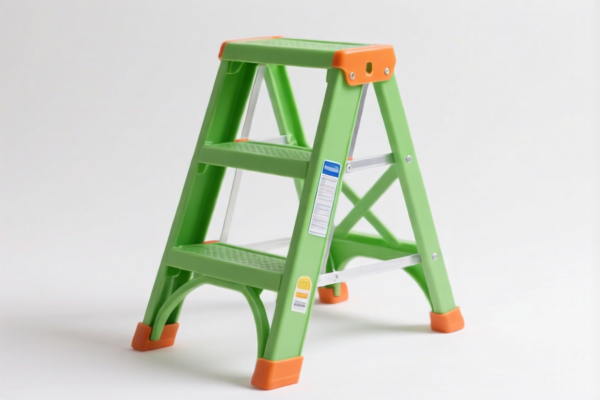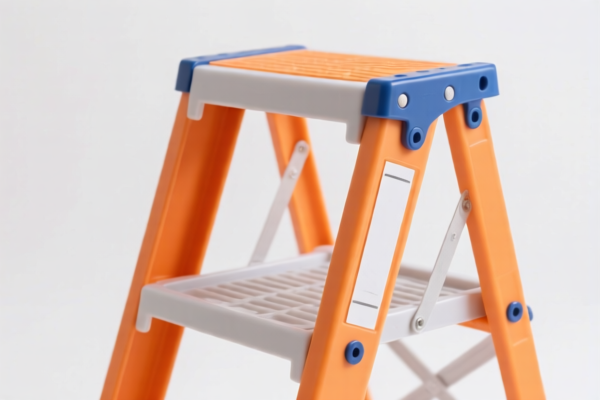| HS Code | Official Doc | Tariff Rate | Origin | Destination | Effective Date |
|---|---|---|---|---|---|
| 4904000020 | Doc | 37.5% | CN | US | 2025-05-12 |
| 4904000040 | Doc | 37.5% | CN | US | 2025-05-12 |
| 4911100080 | Doc | 37.5% | CN | US | 2025-05-12 |
| 4911998000 | Doc | 37.5% | CN | US | 2025-05-12 |
| 9209991000 | Doc | 43.2% | CN | US | 2025-05-12 |
| 9201900000 | Doc | 41.0% | CN | US | 2025-05-12 |




Piano Score
A piano score is a form of musical notation specifically for the piano. It represents musical ideas and compositions in a visual language using symbols, text, and other markings intended for a pianist to perform.
Material:
Traditionally, piano scores are printed on high-quality paper stock, often with a cream or off-white color to reduce eye strain. The paper weight is typically substantial to prevent bleed-through from pencil markings. Modern scores may also be available digitally as PDF files or through interactive software.
Purpose:
The primary purpose of a piano score is to communicate the composer's intentions to the performer. This includes the notes to be played, their rhythm, dynamics, articulation, and other expressive details. It serves as a blueprint for recreating the musical work.
Function:
- Note Representation: Uses the standard staff notation system (treble and bass clef) to indicate pitch and duration of notes.
- Rhythm Indication: Employs time signatures, note values, rests, and bar lines to define the rhythmic structure of the music.
- Dynamics & Articulation: Symbols such as p (piano - soft), f (forte - loud), staccato dots, slurs, and accents guide the performer's expression.
- Pedaling: Markings indicate when and how to use the sustain pedal to alter the sound.
- Fingerings: Numbers or other notations suggest optimal finger positions for playing specific passages.
- Other Instructions: Tempo markings (e.g., Allegro, Adagio), key signatures, and textual annotations provide additional guidance.
Usage Scenarios:
- Learning: Students use scores to learn new pieces and develop their piano skills.
- Performance: Pianists rely on scores during rehearsals and performances to accurately reproduce the music.
- Composition/Arrangement: Composers and arrangers use scores to write down and refine their musical ideas.
- Analysis: Music scholars and enthusiasts use scores to study the structure and characteristics of compositions.
Common Types:
- Solo Piano Score: Contains music for a single pianist.
- Four-Hand Piano Score: Arranged for two pianists playing simultaneously on one piano. One pianist typically plays the higher register (right hand part), and the other plays the lower register (left hand part).
- Piano Reduction Score: A simplified version of an orchestral or chamber work, adapted for piano solo. Often used for rehearsals or practice by singers or instrumentalists.
- Vocal Score with Piano Accompaniment: Includes the vocal melody and piano part for songs or operas.
- Lead Sheet: A simplified notation containing the melody and chord symbols, often used in jazz or popular music.
- Urtext Edition: A scholarly edition of a composer’s original manuscript, striving for accuracy and minimal editorial intervention.
Piano score falls under the category of music, printed or in manuscript, whether or not bound or illustrated. Here are the relevant HS codes based on the provided information:
-
4904000020: Music, printed or in manuscript, whether or not bound or illustrated. This HS code specifically covers sheet music, whether stapled or folded, but not otherwise bound.
- 49: Chapter 49 covers Printed Books, Newspapers, Pictures and other Printed Matter.
- 04: Heading 04 specifically relates to Printed Music and Printed Parts.
- 000020: This subheading further defines the category as sheet music.
-
4904000040: Music, printed or in manuscript, whether or not bound or illustrated. This HS code covers other types of printed music not specifically defined in 4904000020.
- 49: Chapter 49 covers Printed Books, Newspapers, Pictures and other Printed Matter.
- 04: Heading 04 specifically relates to Printed Music and Printed Parts.
- 000040: This subheading covers other printed music.
Tax Information:
Both HS codes 4904000020 and 4904000040 share the following tax details:
- Basic Tariff: 0.0%
- Additional Tariff: 7.5%
- Tariff after April 2, 2025: Additional Tariff increases to 30.0%
- Total Tariff: Currently 37.5% (0.0% + 7.5%) and will be 40.0% (0.0% + 30.0%) after April 2, 2025.
Customer Reviews
No reviews yet.